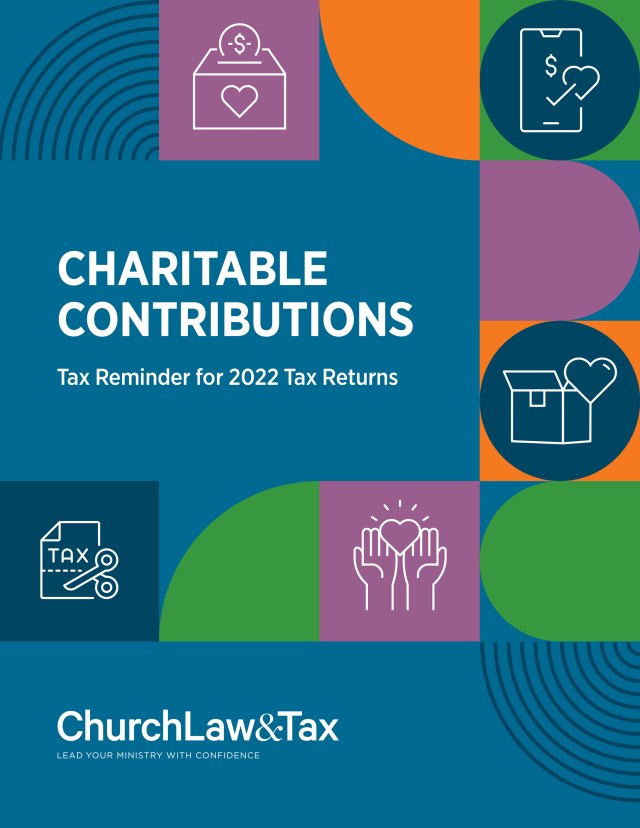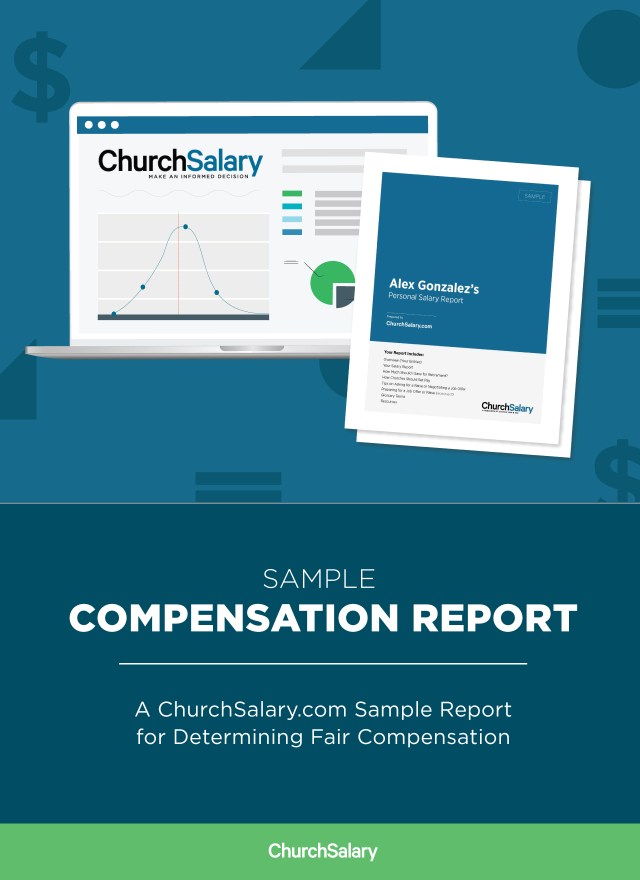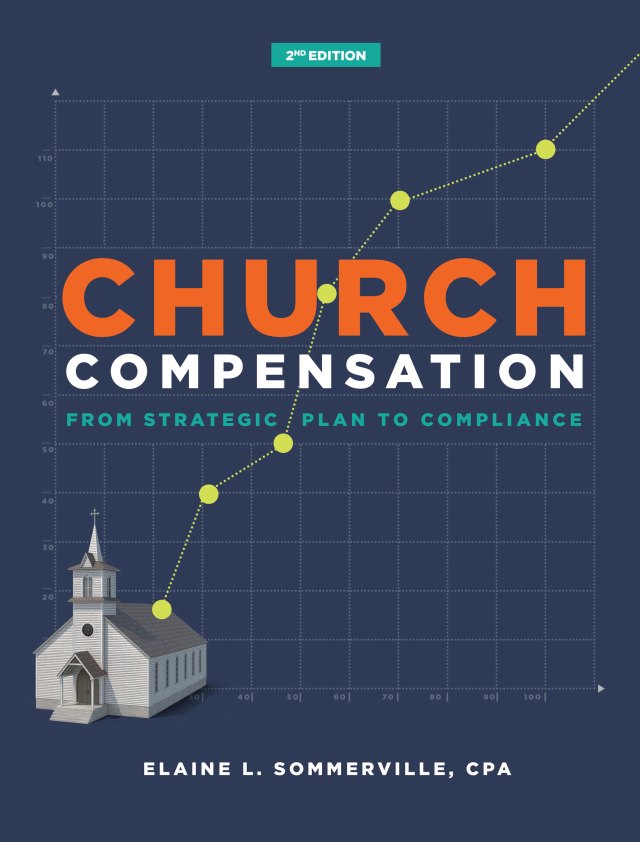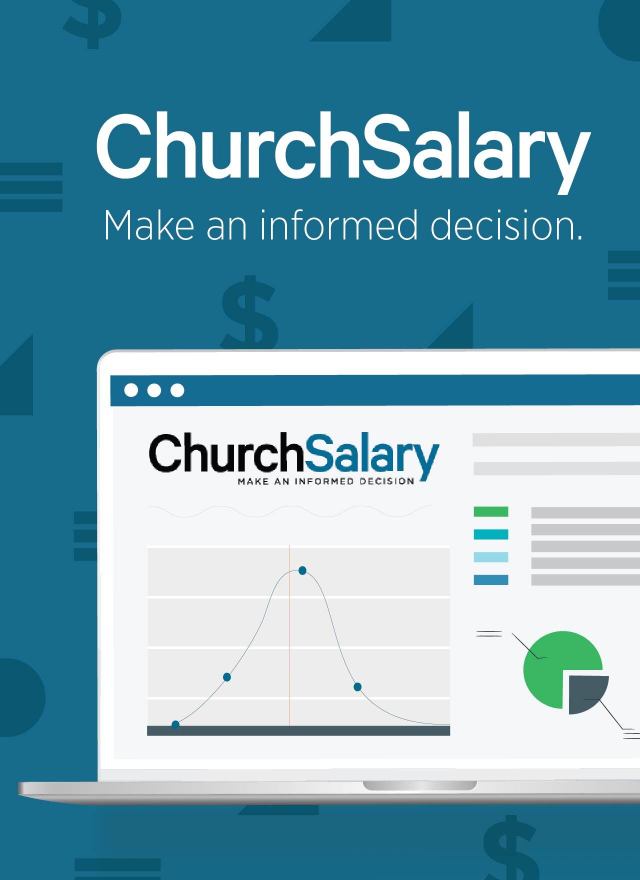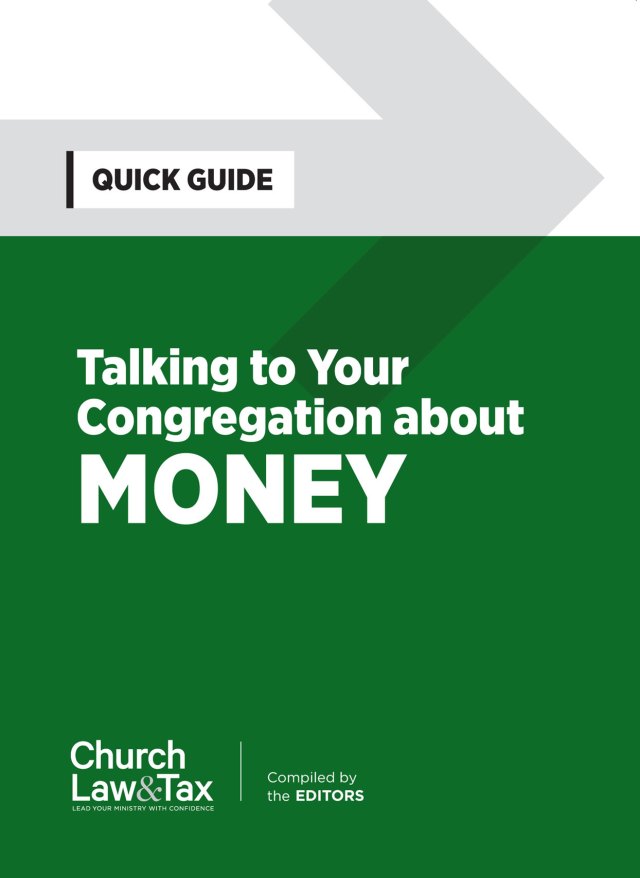On May 5, 2023, the UN World Health Organization (WHO) ended its “pandemic” designation for COVID-19.
The declaration came slightly more than three years after COVID-19 first took the world by surprise, triggering more than 765 million known cases and nearly 7 million reported deaths during that time span.
But beyond the numbers, COVID-19 changed everything.
Economies, social structures, educational institutions, governments, and health care systems all shifted to meet changes—and challenges—throughout the pandemic.
So did American churches.
COVID-19 and the church from a pastor’s perspective
But just how much?
A nationwide study by ChurchSalary, a sister site of Church Law & Tax, aimed to find out.
ChurchSalary partnered with Arbor Research Group to do a yearlong study of more than 1,000 pastors and leaders. The study used a wide range of tools including a nationwide survey, focus groups, in-person interviews, and community case studies.
Church Salary’s Aaron Hill shares why this study can be of service to pastors, church leaders, and church members, alike:
Insights on giving trends, layoffs, PPP loans and more
Several angles will be of special interest to pastors and church leaders who keep tabs on the legal, financial, tax, and risk management matters of their churches and ministries.
Among them:
- Why some churches experienced increased attendance and giving, while others did not;
- What happened to people who lost their church jobs;
- How many churches obtained Paycheck Protection Program loans, and what federal data shows regarding how much aid was received;
- How the pandemic accelerated technological adoption and innovation; and,
- How government restrictions on in-person gatherings—a highly controversial and litigated issue throughout the pandemic—affected the health and vitality of congregations.
This resources site also includes a free, downloadable PDF report, a pastor- and researcher-fueled podcast, and several related articles and opinion pieces.
All are created to help leaders better understand their strengths, weaknesses, and opportunities to improve so that they are better prepared to respond when the next crisis—whether local or global—arises.
The full findings are here:


